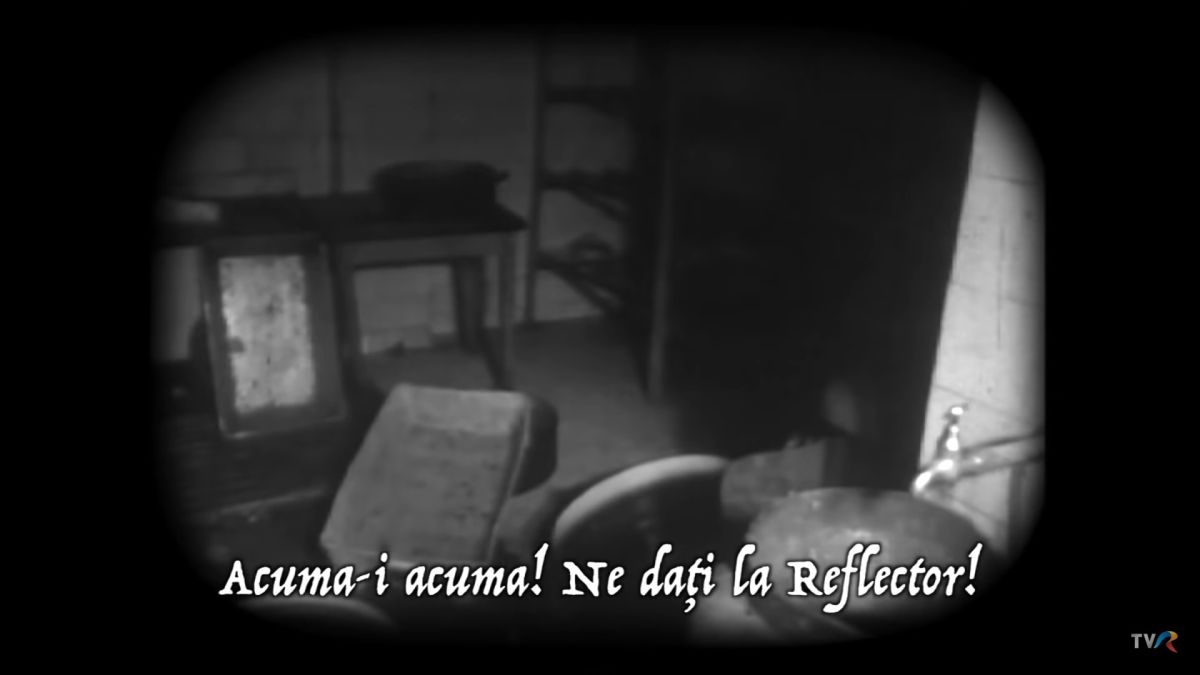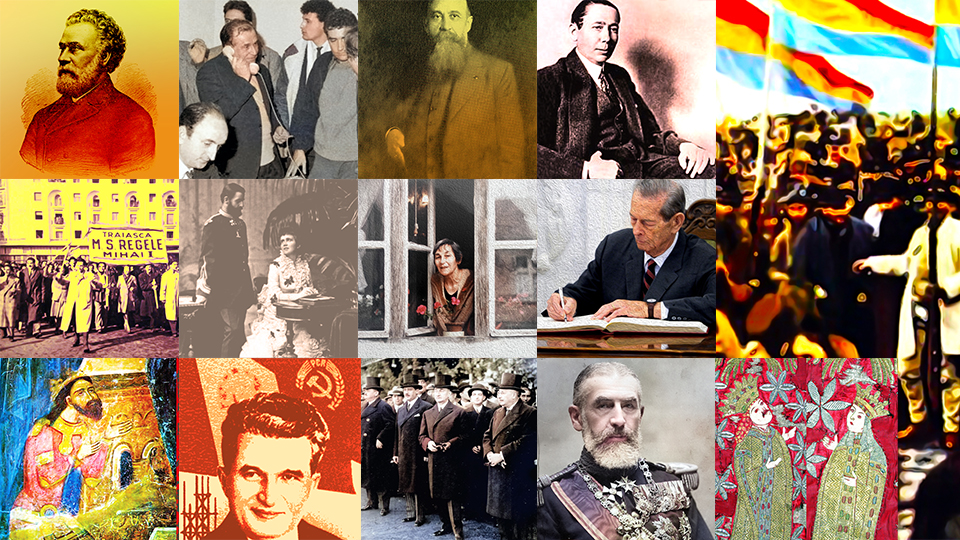Bessarabia 205
The first Russian-Turkish war of the 19th century had a tragic outcomes for Romanians in Moldavia

România Internațional, 14.08.2017, 11:04
The first Russian-Turkish war of the 19th century, one of the long series of conflicts between the two empires, started in 1806, and lasted for 6 years, ending in 1812. It ended up having a tragic outcome for the Romanians of Moldavia. The country was split in two when Russia annexed its eastern side, the territory between the rivers Prut and Dniestr, which came to be called Bessarabia. The old Russian-Turkish rivalry, and the plans that the French army had for moving through Eastern Europe, came to complicate European relations in the region. Napoleon I agreed, in the 1807 treaty of Tilsit, for Russia to occupy the Romanian principalities of Moldavia and Wallachia if it prevailed over the Ottomans.
The treaty was signed on May 28, 1812 in Bucharest, in the famous inn owned by Armenian merchant Manuc, and it provided that Bessarabia would be annexed by Russia. We asked historian Andrei Cusco with the Chisinau University about the European context, which made 1812 a major turn in the history of Moldavian Romanians:
We are talking about the break-up of the Principality of Moldavia. It is important to underline that this annexation occurred at a critical moment for the Russian empire, the preparation for Napoleon’s invasion. For this reason, the 6-year Russian-Turkish war, which had lasted for 6 years, starting in 1806, had to be settled post haste. That is the priority that explains the unfolding of events. In fact, the Russian empire had started off with a much more ambitious plan, that of annexing both Romanian principalities. These were some of the stakes that Czar Alexander I was playing for in his pre-1812 negotiations with Napoleon. Later on it was agreed that Moldavia would go to Russia. In the spring of 1812, the Russians were on the brink of conceding the fight, considering that events were coming to a head, and to annex Moldavia, but only to the Siret.
From the height of its pre-conflict claim, that of swallowing up the Romanian principalities of Moldavia and Wallachia, the Russians settled for Moldavia, and, as events unfolded, they reduced to the east of the principality. Here is Andrei Cusco:
So why did the river Prut end up being the border? Because of instructions issued by Czar Alexander I to his plenipotentiaries, first future Field Marshal Mikhail Kutuzov, who managed a defeat against Napoleon, then Admiral Chichagov, who came to Bucharest after the peace was signed. Their instructions explicitly stated that the Prut River was the last territorial delineation that the Russians would agree to. On May 28, 1812, as a result of the peace signed in Bucharest, a new region emerged, which was not yet called Bessarabia. In the first year of Russian rule, it was simply called ‘Moldavia beyond the Dnestr’, from a Russian perspective, obviously, and it had no precedent, whether historical, geographical or territorial. As it is well known, Bessarabia had been the name of only the southern region, also known as Bujak, which had been Tatar territory until the Russian-Turkish war of 1806-1812.
Some historians say, based on documents, that the loss of Bessarabia can be blamed on the lack of negotiating skills on the part of the Ottomans. If they had dragged on the negotiations, the Russians likely would not have annexed even Bessarabia. We asked Andrei Cusco if this is a credible theory:
It has been said many times that if the Ottoman sultan would have waited a few months, until Napoleon’s invasion, the breaking up of Moldavia could have been avoided. I want to say that there can be no direct answer to this issue; I can only say that there are multiple alternatives. I have already said that the initial intention of the czar was to annex all of Moldavia. We can thus speculate, considering these alternatives, what would have happened if the Russian had done that. It is not out of the question that the entire Romanian national project would not have the form it does now.
Russia was in full expansion in all directions, and could not be stopped. Andrei Cusco says that, in spite of the great changes that followed for Romanian Bessarabians, we can see a good side to that terrible situation caused by the peace signed in Bucharest and the annexation of Bessarabia:
It is quite unlikely for the Russians to have stopped at the Dnestr, they had already reached it as early as 1792. This version of events caused a dilemma for the elites, and less so for the population of that territory. From then on, the rest of Moldavia went the direction of union with Wallachia, precisely as a counterweight to Russia. In some way, the 1812 annexation speeded up the project to unite Moldavia and Wallachia, and this is a positive consequence. Obviously, from the point of view of Bessarabians, this version of events created new and more difficult complications.
The Russian annexation of Bessarabia separated it from the history of Romanians west of the Prut River. Even though Bessarabia enjoyed autonomy until 1828, and in the 1830s ties continued to exist between the territories flanking the river, by 1848 Bessarabia was fully integrated with Russia.






























